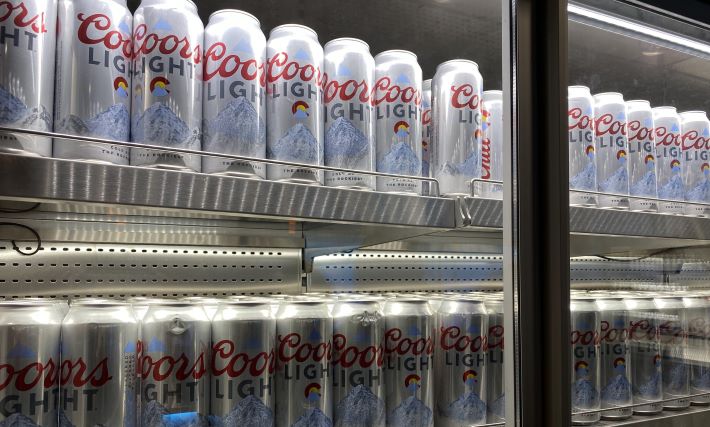
If you visit semi-regularly you’ve learned there is no established Monday format here. At times I’ve called the collection of links to stories from the previous seven days That Was The Beer Week That Was and might again. This week, it is more like one great read and things that might be filed together.
Read this: Thomas Walker, Victorian London’s “female barman”
“At the time, Thomas Walker tended to be talked about as a rogue and adventurer, living an outlaw life. With hindsight, we can sense that it was a pretty desperate existence.”
Must these things be true?
– “Creatively speaking, craft beer now finds itself at the lowest point it’s occupied in several decades.” The headline on the story rings a tone that is just as hopeless, and the post itself will remind you of what seems to be an ongoing discussion.
I am left considering what it means for a brewer to be creative, or what it takes for a beer to be considered new, even novel. New Image Brewing, located in an adjoining town, currently has a terrific helles called Do Less on tap and in cans. It is brewed with malts from Troubador Malting here in Colorado, and thus probably tastes more familiar to me than to you. The malt flavor in Do Less is different than the malt flavor in Bierstadt Lagerhaus Helles, brewed less than 10 miles from New Image.
Bierstadt Helles, to me, is pretty much a perfect beer. I’m not going to quit drinking it because I’ve found something new (and practically speaking, Do Less is probably a one-off). But new, interesting and good, to me, that is creative. It would be greedy to ask for more.
– “At this level, the beer business is mostly a game of scale and operational efficiency.” The context here is the sale of a bunch of breweries that now will be called craft again. I would not argue that operational efficiency does not matter, but I do wonder how much and what other variables there are. Being big has advantages; so does being small.
Last week, Brewers Association chief economist Bart Watson estimated that sales of breweries the association classifies as craft declined two percent in the first half of the year (compared to 2022). However, breweries that sell fewer than 1,000 barrels per year reported positive results. That’s most of the breweries in the country. There are something like 3,500 microbreweries and taprooms that produced fewer than 1,000 barrels in 2022, as well as 2,300 brewpubs. (Additionally, more than 800 breweries choose not to have their annual production published, and many of them are pretty small.)
Granted, many of those breweries have business plans that suggest they will eventually need to regularly sell more than 1,000 barrels to be profitable. But there are other plans.
West Coast IPA
– Your homework. One way to make sense of the chatter about West Coast IPA is to taste a few examples. The results of the Best of The West Coast IPA National Throwdown point to examples to look for, some of which are available well beyond where they are brewed.
– Primer #1. American? West Coast? Hazy? What’s the Difference? There are official guidelines.
– Primer #2. Jeff Alworth asks “When you see [West Coast IPA] on a menu, what do you expect?” Then he examines how pFriem Brewing went about building one.
Not beer
– A $400 million Contraction in Wine Sales is Coming. This amounts to a reduction of $54,800,000 in payments to growers for grapes. Another example of scale.
– How an obscure piece of lab equipment ended up in cocktail bars from London to Shawnee, Kansas. This gadget is being used “to capture the essence of various ingredients and enhance the flavor profile of cocktails in a cleaner format.” Moving from not beer to beer, that’s what some advanced hop products are also designed to do.
– Is Whiskey Twitter Dead? We once went to a WhiskyX festival in Denver because it included an hour performance by Drive-by-Truckers. There were spit buckets, but nobody was using them. I like malted alcoholic products, but I don’t think I am tough enough to do that on a regular basis.
– Mead has a long history and a future as a sustainable beer alternative. a) Stories about mead as an emerging drinks category have been around for at least 30 years. b) Lars Garshol pointed out on X that we are going to need a lot more honey bees for that that happen.


 As seen at Coors Field in Denver.
As seen at Coors Field in Denver.